Jesus Vargas and Luis Moctezuma recently said goodbye to South Los Angeles and hello to college — far off at Syracuse University in New York. Both had learned digital skills through classes at South L.A.’s TxT (formerly URBAN TxT), a nonprofit that works with inner-city boys to develop tomorrow’s technology leaders, and hope to one day bring change to their communities. To do that, they’re first going across the country. (And now rooting for the Syracuse Orange football team instead of cardinal-and-gold USC Trojans.) Check back for updates from Vargas and Moctezuma’s journal chronicling the challenges and rewards of attending college far from home.
Thoughts before arrival
Jesus: The closer I got to college, the more people wanted to talk about it. Everyone wanted to know if I was ready, excited or nervous. My generic response was, “Yes, I’m excited.” But the truth is that I wasn’t really thinking about school. When I graduated from high school I felt as if I had just taken a deep breath after completing a tedious task; the last thing I wanted to think about was the next step of my educational journey. [Read more…]









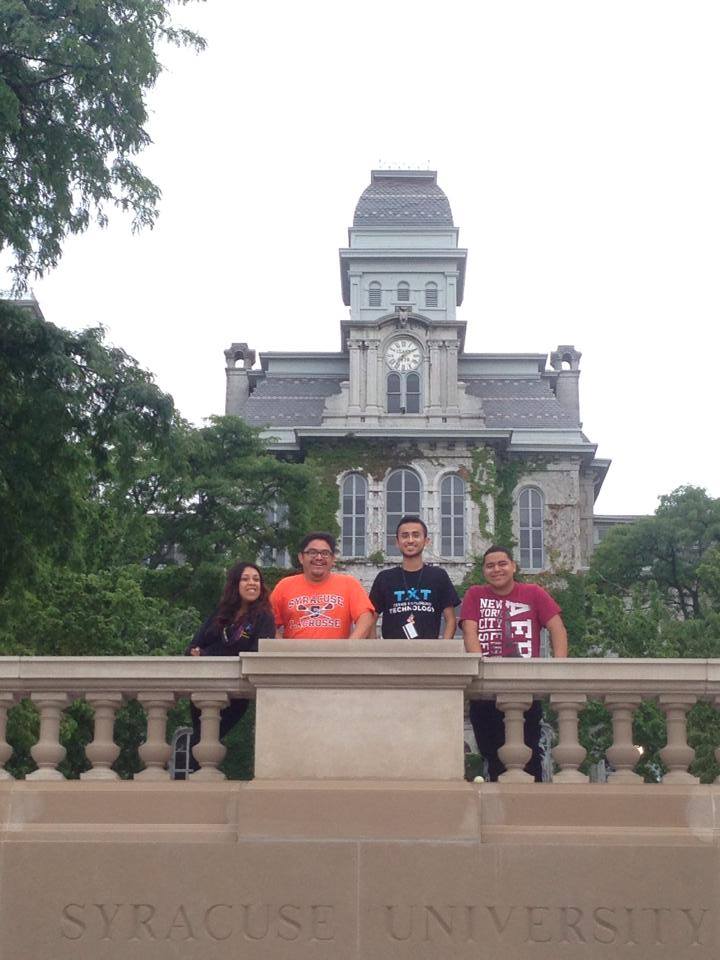
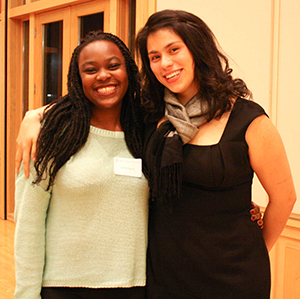
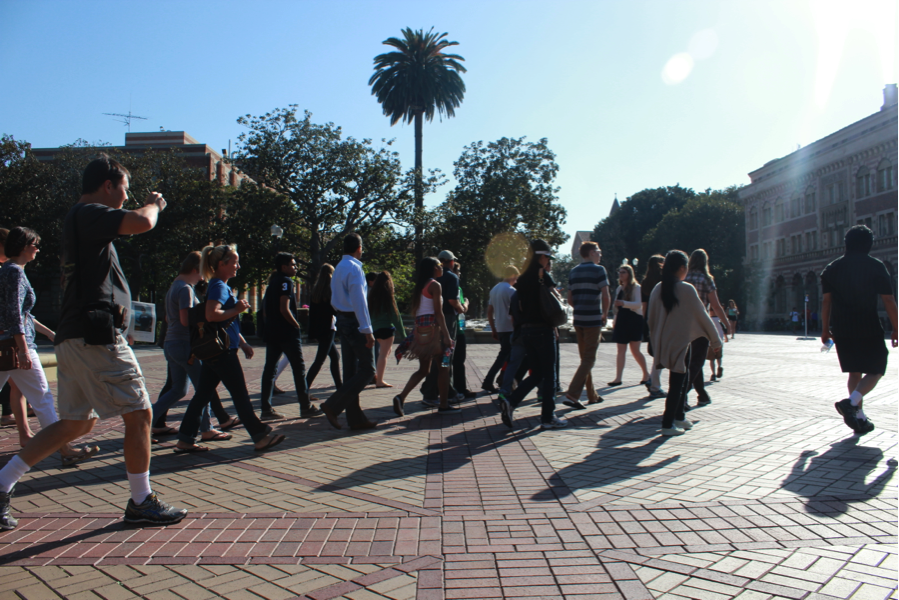
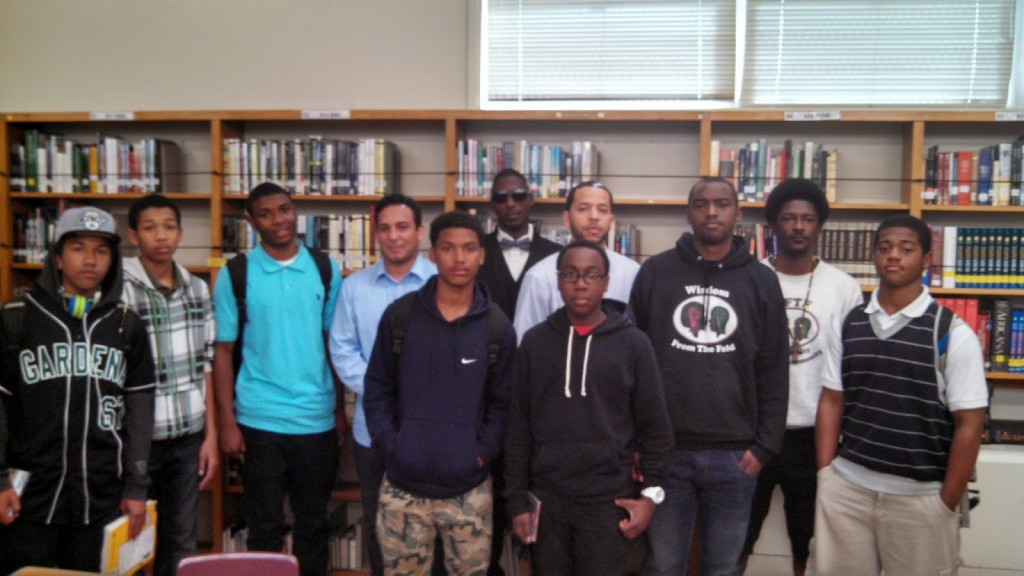


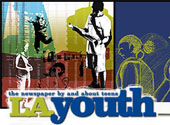 From the moment kids walk through the kindergarten doors their schools are pushing them to aim for college, and with good reason. Even in the slow recovery from the worst economic downturn since the Great Depression, unemployment for college graduates was 4.2 percent in January 2012 compared to 8.4 percent for high school graduates, according to the Bureau of Labor Statistics. And by 2018 as we become a more tech- and information-based economy, nearly two-thirds of jobs will require at least some college education, according to a 2010 report by Georgetown University’s Center on Education and the Workforce.
From the moment kids walk through the kindergarten doors their schools are pushing them to aim for college, and with good reason. Even in the slow recovery from the worst economic downturn since the Great Depression, unemployment for college graduates was 4.2 percent in January 2012 compared to 8.4 percent for high school graduates, according to the Bureau of Labor Statistics. And by 2018 as we become a more tech- and information-based economy, nearly two-thirds of jobs will require at least some college education, according to a 2010 report by Georgetown University’s Center on Education and the Workforce.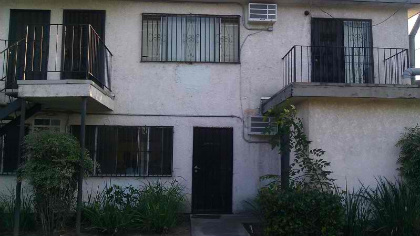
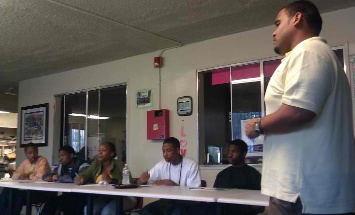 In order to participate in the YESS program, students must enroll in two El Camino College classes: Introduction to College Planning and Career Planning. Although all El Camino college students can enroll in these classes, priority is given to foster students. The state-funded program is geared towards students ages 16 to 21 and meets twice a week for 12 weeks. Four modules covering education, employment, life skills, and financial responsibility are taught through a series of workshops and in-class speakers. Once the 12-week program is complete, students are guaranteed a job in the summer, as long as they enroll as a full-time college student during the school year and graduate high school or earn their GED.
In order to participate in the YESS program, students must enroll in two El Camino College classes: Introduction to College Planning and Career Planning. Although all El Camino college students can enroll in these classes, priority is given to foster students. The state-funded program is geared towards students ages 16 to 21 and meets twice a week for 12 weeks. Four modules covering education, employment, life skills, and financial responsibility are taught through a series of workshops and in-class speakers. Once the 12-week program is complete, students are guaranteed a job in the summer, as long as they enroll as a full-time college student during the school year and graduate high school or earn their GED. 




